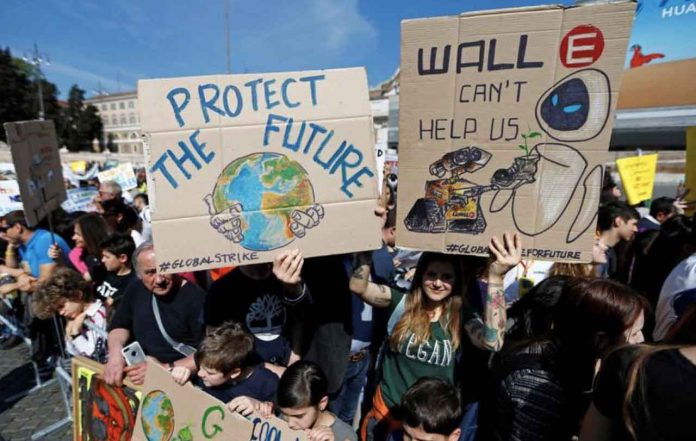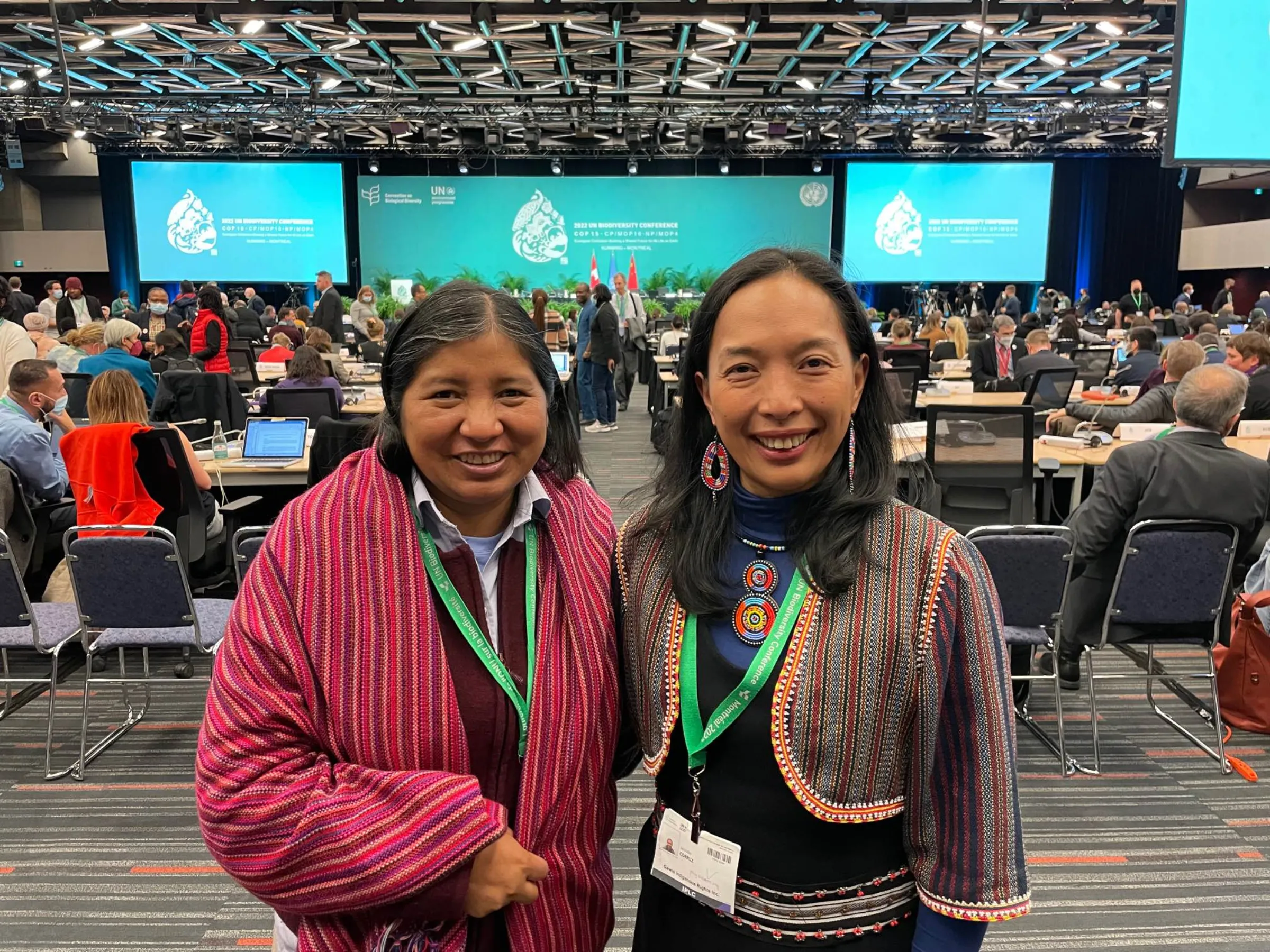
The COP15 biodiversity summit has agreed a new global deal to conserve 30% of the Earth’s land and seas – which includes a recognition of indigenous peoples’ rights to their land
- Target to protect 30% of planet includes indigenous land rights
- Recognition eases fear conservation will evict indigenous groups
- Pressure now on states to put the deal into practice
MONTREAL – Indigenous leaders hailed a major breakthrough in a new global biodiversity pact adopted early Monday morning in Montreal, as the headline target of protecting at least 30% of the planet by 2030 includes an explicit recognition of indigenous land rights.
Indigenous representatives at the COP15 U.N. summit said that could prove crucial in protecting communities from the effects of extractive industries and conservation efforts that have historically pushed them off their traditional lands.
“Now they are recognizing that Indigenous people can also make contributions to biodiversity conservation,” said Viviana Figueroa, a representative of the International Indigenous Forum on Biodiversity (IIFB).
“For us, it’s like a change of paradigm,” she said. “They are recognising this important role that was invisible.”

Delegates agreed to the Kunming-Montreal Global Biodiversity Framework after two weeks of negotiations, including the “30 by 30” conservation target to protect land, inland water and marine areas, which is seen as crucial to reversing biodiversity loss.
Destruction from human activities like industrial farming and fishing threatens up to one million plant, insect and animal species with extinction, according to a 2019 report by the Intergovernmental Panel on Biodiversity and Ecosystem Services.
Indigenous communities play a key role in safeguarding nature, as their lands contain about 80% of Earth’s remaining plant and animal species, according to the World Bank.
Disagreements over finance threatened to derail the talks, but last-minute haggling saw a package agreed that includes at least $30 billion per year by 2030 from rich nations to fund nature protection efforts in developing countries.
Eviction fears
Indigenous rights have been included in one-third of the new pact’s targets – but the third target on “30 by 30” was seen as the most significant, given a history of protected areas displacing indigenous communities from their lands.
“We were afraid that if we did not have any inclusion in target three, we could suffer human rights violations in the name of conservation,” said Figueroa, who is from the Omaguaca-Kolla indigenous peoples of northern Argentina.
More than 250,000 people in 15 countries were evicted because of protected areas from 1990 to 2014, according to data compiled by the Rights and Resources Initiative, a group that works on forests and local development.
“It’s historic. It’s a moment to celebrate,” said Jennifer Tauli Corpuz, an IIFB representative from the Kankana-ey Igorot People of Mountain Province in the Philippines.
Indigenous groups did not get the exact language they wanted – which was for the deal to establish a third type of area-based conservation for indigenous peoples, alongside protected areas and “other effective area-based conservation measures” (OECMs), she noted.
But, she added, there is now “enough of a hook” in the new global biodiversity framework to reform existing laws on what counts as protected areas and OECMs, to encompass indigenous peoples’ territories more effectively.
“We feel like it’s enough to get things going at the national level, for there to be full partnership between the government and indigenous peoples,” Corpuz said.
Accountability
After the adoption of the COP15 text – which was opposed by the Democratic Republic of Congo, arguing the deal does not offer sufficient financial support – it is up to governments to implement the goals and targets back home at the national level.
The previous set of global nature and biodiversity targets, agreed in Aichi in 2010, were criticised for lacking ways to implement them and hold countries accountable.

This time around, the implementation mechanism is “definitely stronger” but “tragically, it’s only voluntary,” said Bernadette Fischler Hooper, head of international advocacy at green group WWF International.
The monitoring framework for the new pact includes global reviews of progress, based on national reports.
But it says only that countries “may take the outcome of the global reviews into account” when revising and putting into practice their national biodiversity action plans.
Aslak Holmberg, president of the Saami Council in Finland and the IIFB’s regional coordinator for the Arctic, said the pact is a “major step” for indigenous peoples but “a lot of it is still in the hands of the states”.
Holmberg fishes salmon in the border river between Finland and Norway, which was made illegal by strong fishing regulations in 2017, despite his practice being sustainable, he said.
“That made me a criminal in my traditional activity,” he added.
The final text approved at COP15 should help to avoid such problems in future as it underlines the need for indigenous peoples to be able to fulfill their rights to “customary sustainable use” of natural resources.
Yet, despite the multilateral agreement supporting the traditions of indigenous peoples and local communities, Holmberg said national laws hold far more sway in these matters.
“I’m not convinced that this agreement will be so fundamentally different that it will change the course of how the states are acting towards and against nature,” he said.
“We’ll just have to work towards that goal.”
(Reporting by Jack Graham; Editing by Megan Rowling)






